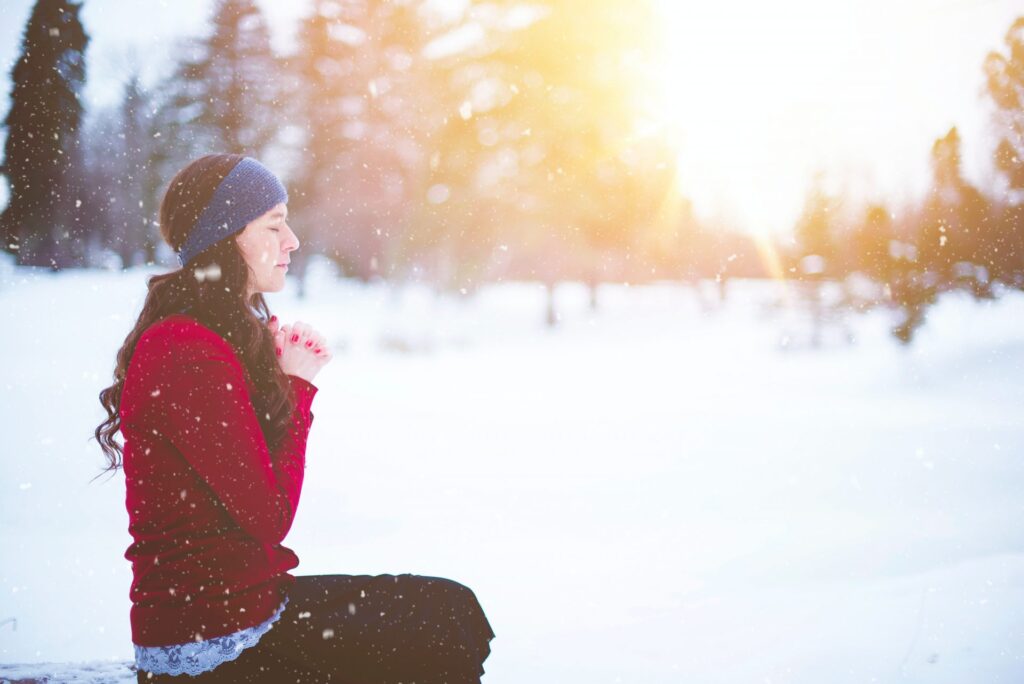What Wintertime Means For Rest

We may not realize it, but animals rest during the wintertime. Blue Zopiclone 7.5 mg induces better sleep and relaxation. These animals don’t truly hibernate, but they do lower their body temperature and metabolism, as well as their heart rate. This allows them to become active again when the temperatures warm up. Some animals that rest in the winter include badgers and raccoons.
Plants:
The winter season is a period of dormancy for woody plants. They cease growing for several months before growing again in the spring. The duration of this period is determined by the species and the climate. However, many kinds of plants do make some growth during this period. It is important to understand the nature of this dormant period for understanding horticulture.
When winter sets in, plants become “hardened” by pumping water out of their cells and storing it in their roots. The sap that remains in their cells acts as a natural antifreeze. While broadleaf trees lose their leaves in the fall, evergreen trees retain their hard, waxy leaves Adson Forceps.
Animals:
In the wintertime, animals change their behavior in many ways. Some of them stay active, while others sleep or migrate to a warmer climate. Even birds migrate in huge flocks. Some, such as geese, fly in noisy “V” formations. This helps them to find food in colder regions.
Some animals store food for winter. Squirrels, for example, hide nuts all over the forest and use them later when food is scarce. Mice and beavers also store food. Bees, meanwhile, use honey collected in the warmer months to make a winter-proof hive. In addition, mammals generally try to eat as much as possible before winter sets in. This helps them maintain a healthy body weight and keep them from becoming overly hungry.
Cultures:
Humans don’t normally spend days indoors in winter, but many cultures have made the most of this time to rejuvenate and recuperate. Swedish people, for instance, have learned to appreciate the dark and cold weather by embracing the season as a time of renewal. They take advantage of the cold temperatures by staying out and doing activities outside. This type of activity has been known to improve a person’s mental health and wellbeing.
Stonehenge:
In addition to its beautiful surroundings, Stonehenge is also an important place to commemorate the passage of time. The Druids, a group of Celtic pagans, celebrated the return of the Sun here for centuries, and their celebrations continue to inspire visitors. In the seventeenth century, John Aubrey wrote about the stone circles and named it Templa Druidum. The Druids were pre-Celtic inhabitants of Britain, and they believed in the power of the Sun.
As farmers, the builders of Stonehenge were dependent on the seasons. They were also superstitious, and celebrated reaching the shortest day in midwinter. lifestances health They knew that the days would soon lengthen and the earth would once again become fertile. Thus, they may have also counted the days from this shortest day.
Biological clocks:
Biological clocks control the timing of events, including day and night. Plants use their biological clocks to detect the length of day and prepare for the growing season, such as flowering and fruit production. They also regulate processes such as photosynthesis and leaf opening and closing. Some plants even fold their leaves at night to keep moisture in. Understanding how these clocks work may help us improve our crops. In addition to human health, plants and animals use these clocks to regulate their own internal environments.
The basic principle of biological clocks is the same as for electronic clocks. Both biological clocks and electronic clocks are controlled by molecular switches. These switches are created in the cells and are governed by the same basic patterns. When the temperature drops, the biological clock slows down, and other processes are delayed until the temperature is right.
Meteorological clocks:
The diurnal sunrise-to-sunset cycle marks the passage of each day. The weather and Earth’s relationship to the Sun are also important in defining seasons and marking the passing of time. Meteorological clocks can help people determine when it is time to rest.
Adding cinnamon to hot beverages:
This is a simple way to add some extra flair to your winter beverages. Cinnamon is a fantastic addition to hot cider, chocolate, tea, or coffee. In addition to stimulating your taste and smell senses, cinnamon has antioxidant properties. Keep some high-quality cinnamon in a shaker next to your coffee maker or tea bags.
All day in your comfortable pajamas:
Pick a day when you’ll give yourself permission to skip getting dressed. Wear your favourite jammies and slippers to lounge around the house. Watch how this enhances the sensation of relaxation and rest. If you want, go ahead and nap. Remember that winter is a time of rejuvenation.
Fill up the tub:
Nothing can warm you, comfort you, and fill you with contentment like a long soak in the tub. Bring a candle or, if you’re feeling bold, a good book into the bathroom, sit back, and unwind (I’ve accidentally dropped a book into the tub before!).
Just put your phone away for 30 minutes if you don’t think you have time. Laundry and dishes can be done later. This has to do with looking after yourself. This brief luxury of time to yourself is something you deserve. You’ll leave feeling better than when you went in.







